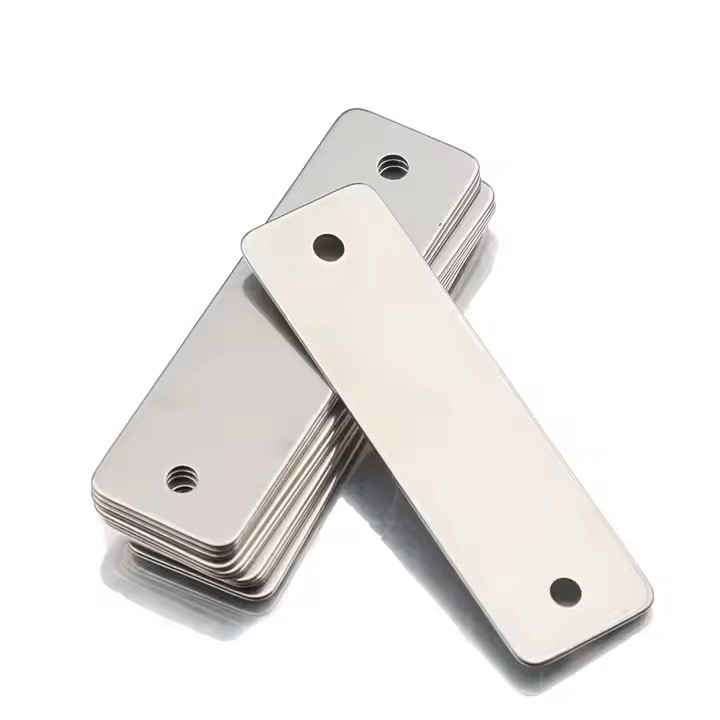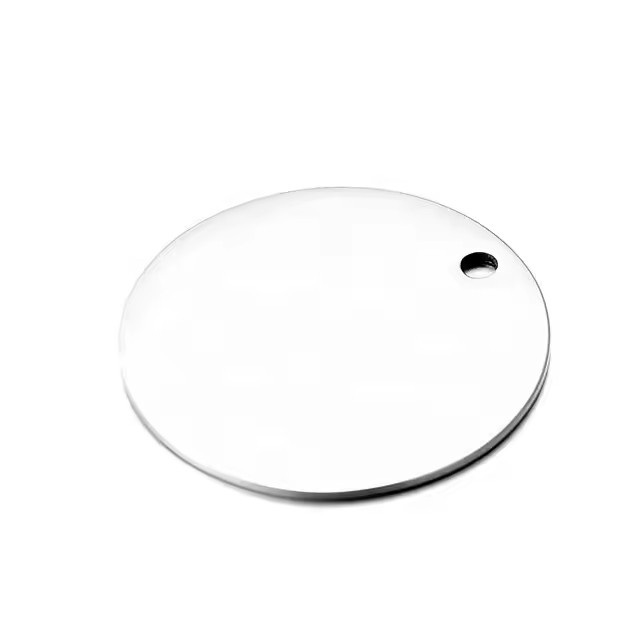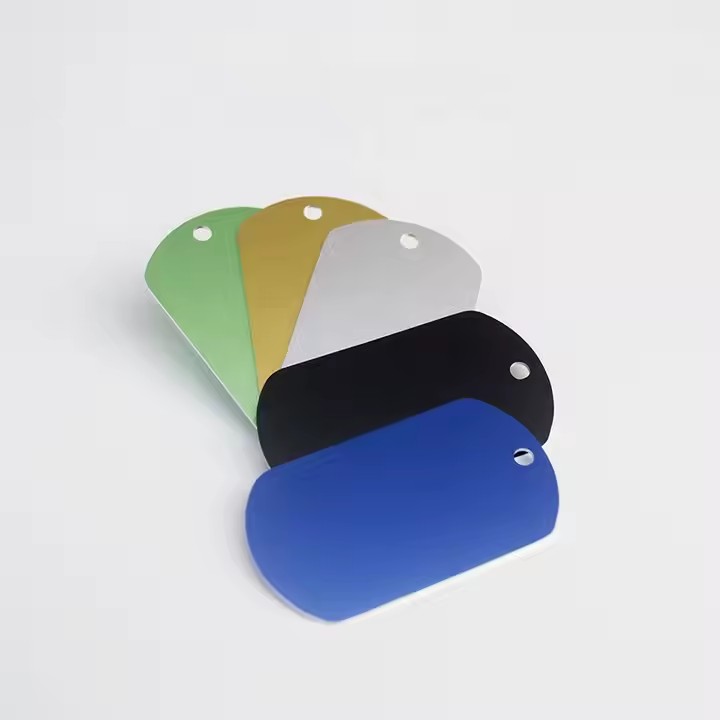Why Choose Brass/Copper Tags for Industrial Labeling? Key Benefits Explained
Introduction In industrial environments, durable and reliable labeling is crucial for equipment identification, asset tracking, and safety compliance. Brass and copper tags have long been trusted materials for industrial labeling due to their exceptional physical properties and versatility. This article explores why brass and copper tags remain the preferred choice for industrial applications. Durability in Harsh Conditions Industrial settings often expose labels to extreme temperatures, moisture, chemicals, and mechanical wear. Both brass and copper tags offer superior durability compared to plastic or paper labels. Their metal composition ensures resistance to cracking, fading, and deformation, providing long-lasting identification solutions.…
Difference and Advantages of Brass Tags vs Copper Tags: A Comprehensive Comparison
Introduction Brass and copper tags are widely used in various industries for labeling, identification, and decorative purposes. Although both metals have similar appearances and share some properties, they have distinct differences that affect their performance, durability, and applications. This article provides a comprehensive comparison of brass tags and copper tags to help you make an informed choice. What Are Brass Tags? Brass is an alloy primarily composed of copper and zinc. The addition of zinc enhances brass’s strength and corrosion resistance compared to pure copper. Brass tags are popular for their golden-yellow color, durability, and resistance to tarnishing,…
How to Laser Engrave on Blank Metal Tags: A Step-by-Step Guide
How to Laser Engrave on Blank Metal Tags: A Step-by-Step Guide Laser engraving is a popular and precise method to customize blank metal tags, offering high durability and professional-quality results. Whether you are personalizing tags for industrial use, branding, or gifts, understanding the laser engraving process can help you achieve optimal outcomes. This guide covers the essential steps, equipment, and tips for laser engraving on blank metal tags. Why Choose Laser Engraving for Metal Tags? Precision and Detail: Laser engraving can produce intricate designs, fine text, and sharp lines. Durability: The engraving is permanent and resistant to wear,…
How to Choose Sizes and Shapes for Blank Metal Tags
How to Choose Sizes and Shapes for Blank Metal Tags Choosing the right size and shape for blank metal tags is essential to ensure they serve their intended purpose effectively, whether for industrial labeling, asset tracking, or personalized crafts. The size and shape affect not only the tag’s visibility and legibility but also how it can be attached and customized. This guide will help you understand the factors to consider and common options available when selecting sizes and shapes for blank metal tags. Factors to Consider When Choosing Tag Sizes 1. Information to Display The amount of information…
A Complete Guide to Types and Uses of Blank Metal Tags
A Complete Guide to Types and Uses of Blank Metal Tags Blank metal tags are versatile and durable labeling solutions widely used across various industries for identification, tracking, and branding purposes. Whether for industrial equipment, asset management, or personalized crafts, blank metal tags offer flexibility in customization and long-lasting performance. This guide will explore the different types of blank metal tags, their common materials, shapes, and practical applications to help you select the right tag for your needs. Types of Blank Metal Tags Blank metal tags come in various forms depending on their intended use and manufacturing process.…
How Is Color Added to Anodized Aluminum Tags? Dyeing & Electrolytic Methods
How Is Color Added to Anodized Aluminum Tags? Introduction Anodized aluminum tags are known for their exceptional durability, corrosion resistance, and sleek appearance. One of the most valuable features of anodizing is the ability to add vibrant and lasting colors to the surface of aluminum. But how exactly does color get into the metal? In this article, we’ll explain how color is added to anodized aluminum tags, what methods are used, and how to choose the right one for your application. Understanding the Anodized Layer When aluminum is anodized, an oxide layer forms on the surface through an…
Anodizing Process Explained: How It Makes Aluminum Tags More Durable
Anodizing Process Explained: Making Aluminum Tags More Durable Introduction Aluminum tags are widely used in industries where durability, resistance, and clear identification are crucial. But what makes anodized aluminum tags so reliable? The secret lies in the anodizing process—a surface treatment method that turns regular aluminum into a tough, corrosion-resistant material. In this post, we break down the anodizing process and explain how it significantly increases the longevity and performance of aluminum tags. What Is Anodizing? Anodizing is an electrochemical process that converts the surface of aluminum into a stable, hard, protective oxide layer. This layer becomes an…
What Are Anodized Aluminum Tags? Features, Benefits, and Key Applications
What Are Anodized Aluminum Tags? Complete Overview and Applications Introduction Anodized aluminum tags are highly durable, corrosion-resistant identification tags widely used in industrial, commercial, and outdoor environments. Thanks to their protective anodic layer, these tags can withstand harsh conditions while maintaining legibility and aesthetic appeal. In this article, we’ll cover what anodized aluminum tags are, how they are made, their unique properties, and where they are commonly used. What Is Anodizing? Anodizing is an electrochemical process that converts the surface of aluminum into a durable, corrosion-resistant, anodic oxide finish. Unlike coatings that can peel or chip off, the…









